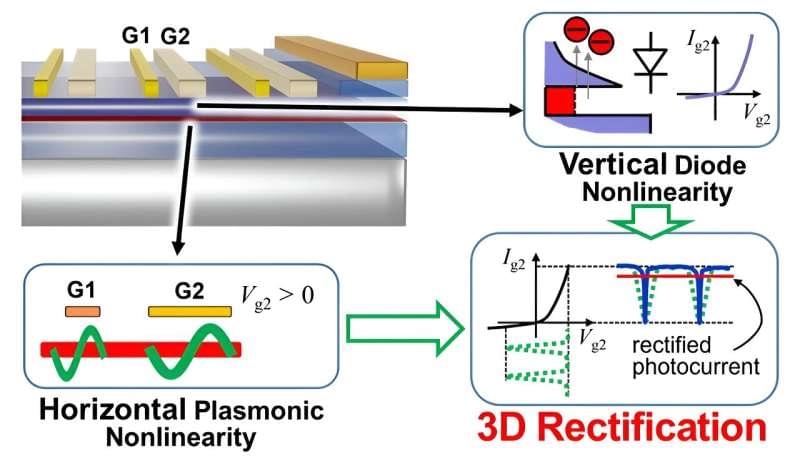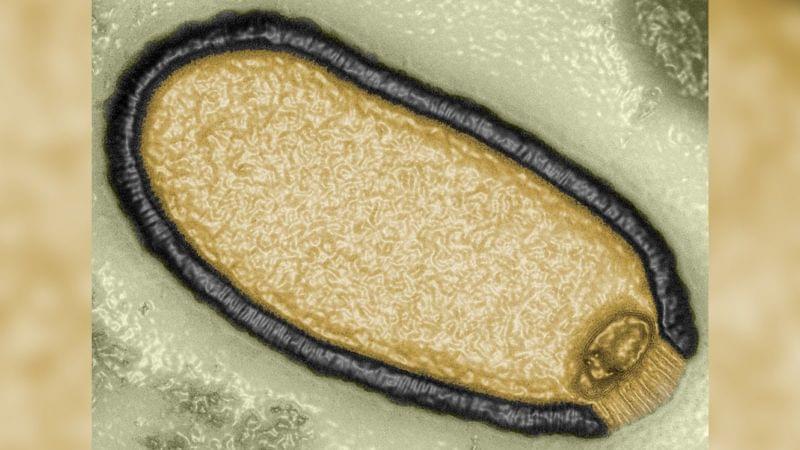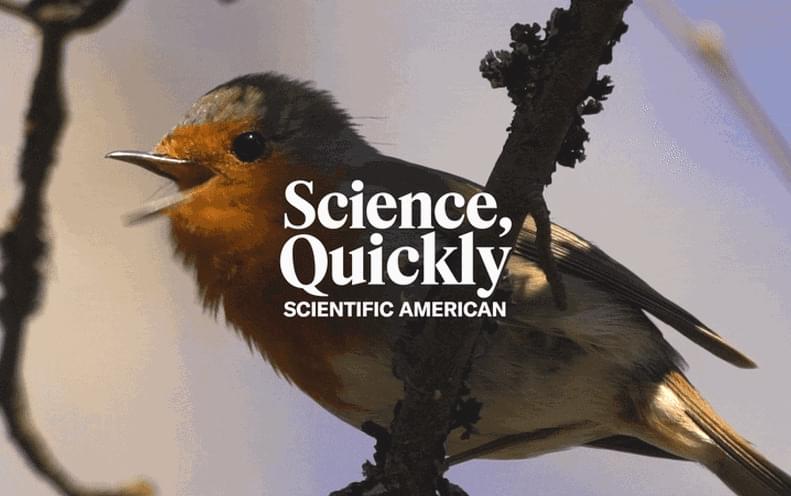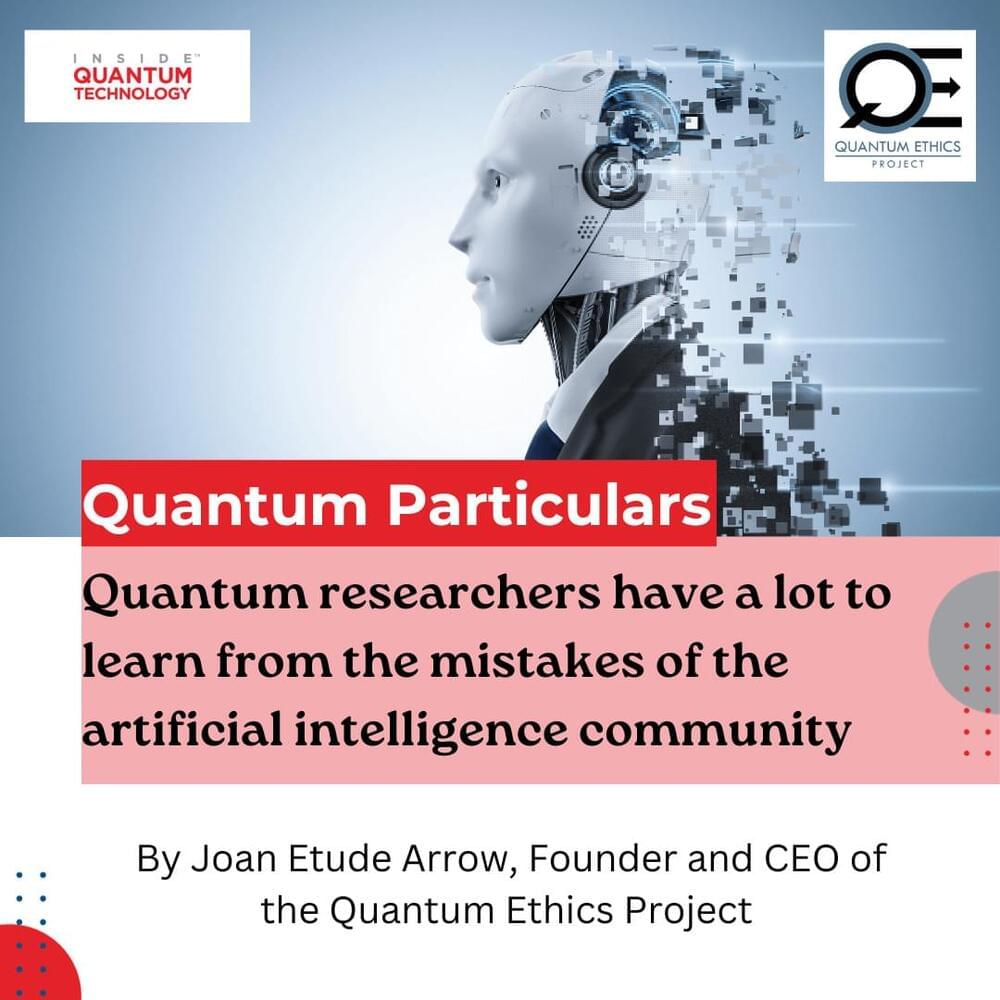Slime robots can go places that other robots can’t and could have valuable applications in everything from healthcare to the utilities sector.
Get the latest international news and world events from around the world.

High-sensitivity terahertz detection by 2D plasmons in transistors
A research group from Tohoku University and RIKEN has developed a high-speed, high-sensitivity terahertz-wave detector operating at room temperature, paving the way for advancements in the development of next generation 6G/7G technology.
Details of their breakthrough were published in the journal Nanophotonics on November 9, 2023.
The enhancement of current communications speeds will rely on terahertz (THz) waves. THz waves are electromagnetic waves within the THz range, which falls between the microwave and infrared portions of the electromagnetic spectrum, typically spanning frequencies from 300 gigahertz to 3 THz.

Bill Gates predicts a ‘massive technology boom’ from AI coming soon
The use of artificial intelligence by the general population in developed countries such as the US to a “significant” degree will start to take place in the next 18 to 24 months, according to Microsoft co-founder and philanthropist Bill Gates in his year-end letter released last week.
The impact on things such as productivity and innovation could be unprecedented, says Gates.
“Artificial intelligence is about to accelerate the rate of new discoveries at a pace we’ve never seen before,” wrote Gates on his blog.

Why ‘resurrection biology’ is gaining traction around the world
Resurrection biology — attempting to bring strings of molecules and more complex organisms back to life — is gaining traction in labs around the world.
The work is a far cry from the genetically engineered dinosaurs that escape in the blockbuster movie “Jurassic Park,” although for some scientists the ultimate goal is de-extinction and resurrecting animals and plants that have been lost.
Other researchers are looking to the past for new sources of drugs or to sound an alarm about the possibility of long-dormant pathogens. The field of study is also about recreating elements of human history in an attempt to better understand how our ancestors might have lived and died.

Unveiling the Mystery of “Unseeing” — New Research Sheds Light on Visual Masking Phenomenon
A recent study published in Nature Neuroscience has made significant strides in understanding visual masking, a phenomenon that plays a crucial role in how we perceive, or rather “unsee,” things. This study not only illuminates aspects of conscious perception in the brain but also demonstrates that this phenomenon occurs in both humans and mice.
Visual masking occurs when a person does not consciously perceive an image because another image is shown in quick succession. For effective masking, the first image must appear and disappear swiftly, followed by the second image within approximately 50 milliseconds.
Startups: AI chatbots will eventually become your coworkers
Comment Large language models seem poised to evolve from AI chatbots generating synthetic content on your screen to virtual agents that are capable of performing actions on your PC right at your desk.
Instead of answering questions or creating animated stickers, AI will soon be able to follow instructions and help you tick stuff off your to-do list at work. A new wave of AI agent startups are building products that can automate parts of your day-to-day employment. Correctly, one hopes.
Some, like Lindy, are building next-generation personal assistants that CEO Flo Crivello envisions doing all the tedious administrative chores that suck up people’s time. “People are always worried that robots are stealing people’s jobs. I think it’s people who’ve been stealing robots’ jobs,” he said during a presentation at the AI Engineer Summit in San Francisco in October.

Talking to Animals with Artificial Intelligence
Cat meowing]
Harper: Well, powerful new technologies are helping researchers decode animal communication. And even begin to talk back to nonhumans.
Bushwick: Advanced sensors and artificial intelligence might have us at the brink of interspecies communication.
Lost in space? Just use relativity
One of the hardest things for many people to conceptualize when talking about how fast something is going is that they must ask, “Compared to what?” All motion only makes sense from a frame of reference, and many spacecraft traveling in the depths of the void lack any regular reference from which to understand how fast they’re going.
There have been several different techniques to try to solve this problem, but one of the ones that have been in development the longest is StarNAV—a way to navigate in space using only the stars.
Several projects named “StarNAV” seem to be ongoing at various stages of development, including a NASA Institute for Advanced Concepts grant for some researchers on the East Coast of the US and a small start-up company based on technology out of UC Irvine. In this case, we’ll look at the work done by the researchers, particularly a paper they released last year detailing some progress toward a prototype.

